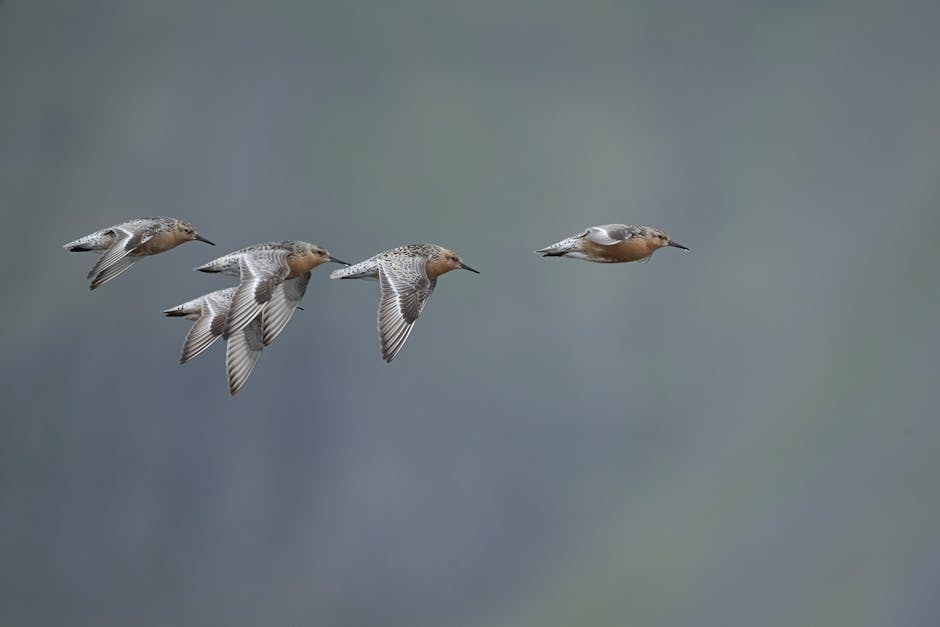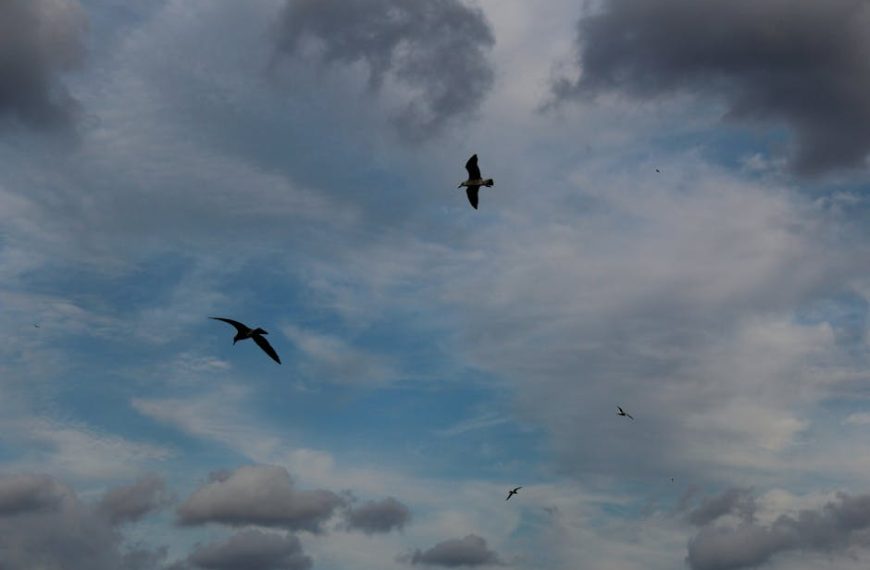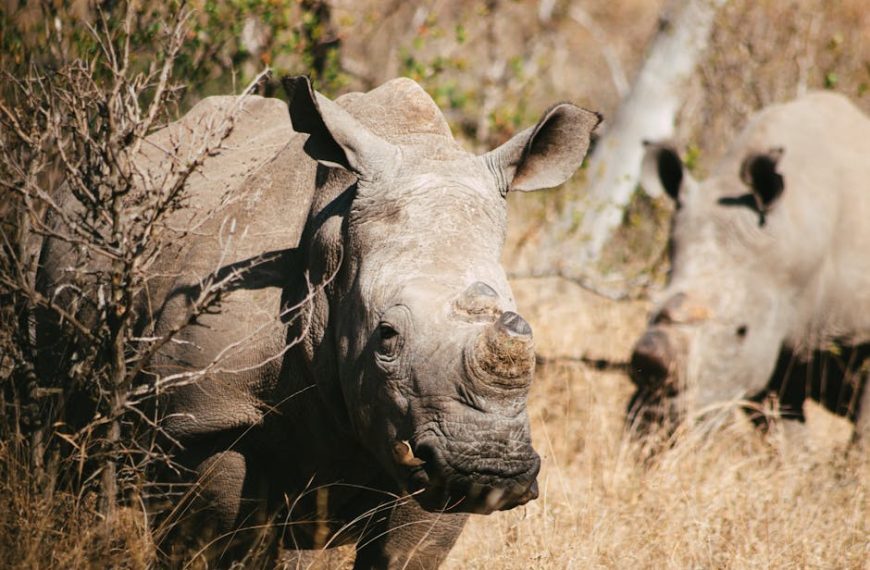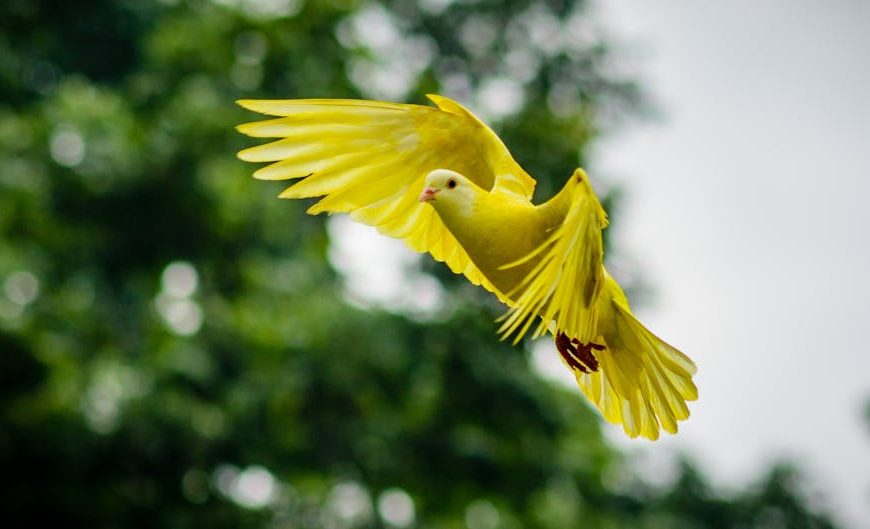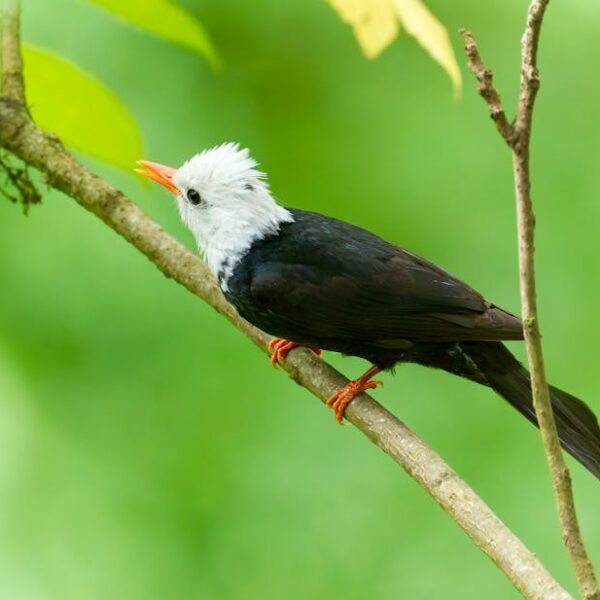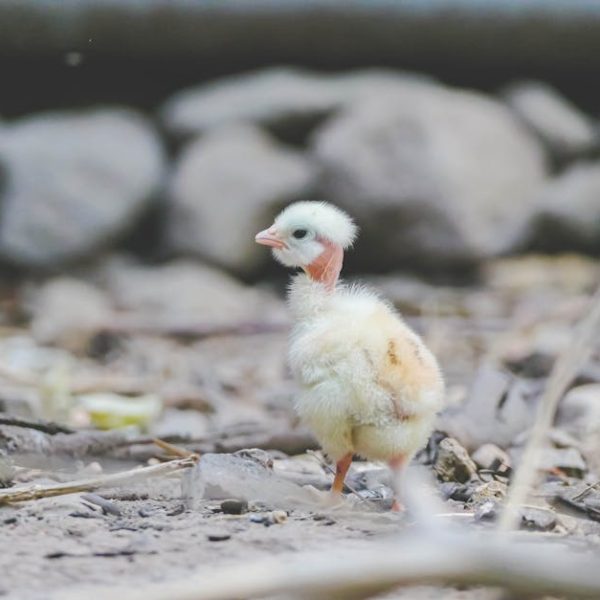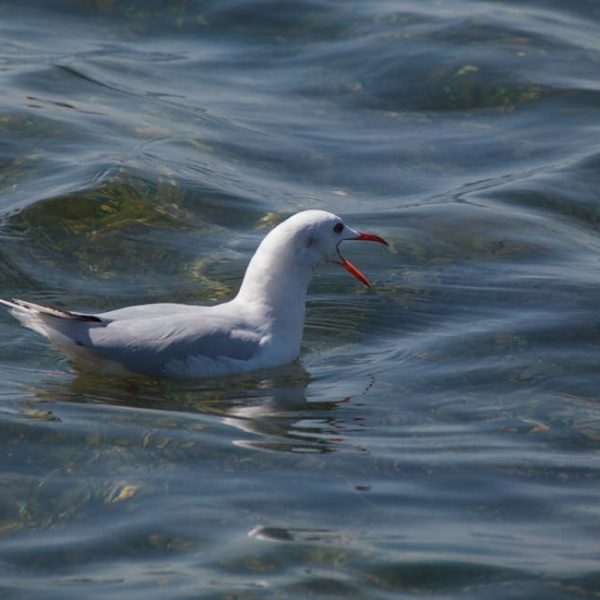Understanding Bird Migration Science
Primarily, birds migrate to circumnavigate unfavorable climatic conditions and exploit food resources efficiently. Different species exhibit varying migration patterns, ranging from short-distance ones to intercontinental voyages. Robins, for example, embark on an aggressive 3,000 miles northbound journey from Central America to Canada for summer breeding.
Pro Tip: Keep a bird journal to record the migration patterns noticeable in your local region.
Magnetic Orientation
Many birds display the novel capacity to sense Earth’s magnetic field and harness it as an invaluable migratory compass. Their ‘magnetoreception’ locates them on the global magnetic field, allowing them to maintain their migratory course even during inclement weather or over featureless landscapes. Pigeons and robins have often been observed using magnetic orientation to navigate their routes.
List:
- Pigeons
- Robins
Solar and Stellar Orientation
In addition to magnetoreception, some birds use celestial cues to navigate. During the day, the sun’s position in the sky provides a reliable compass bearing. Night migration birds, such as the Indigo bunting, are believed to use stellar patterns for orientation.
Pro and Cons:
| Pros | Cons |
|---|---|
| Reliable during clear sky conditions. | Cloudy or overcast conditions may obscure celestial cues. |
Navigating Using Landmarks
Some bird species, like the White-fronted Goose, memorize geographical landmarks and use them as positional anchors during their migratory journey. From expansive coastlines to tiny islands, their extraordinary spatial memory aids in maintaining flight direction.
Best practice:
If you’re a birdwatcher, you can predict when and where certain bird species might show up, based on their affinity for specific landmarks.
That’s it for the first part of the article. Please join us in the next part where we look at the role of genes and instinct in bird migration.
The Role of Genes and Instinct in Bird Migration
Bird migration is not just a skill acquired through learning, but a remarkable trait ingrained at a genetic level. An instinctual drive to traverse new environments, passed down generation to generation, significantly impacts their ability to migrate.
The White-crowned Sparrow, for example, has an innate map inherited from its parents that guides its migratory route, even if it has never made the journey before. Supported by continuous adaptation, these genetic traits manifest as inherent knowledge, enabling birds to adjust and navigate accurately in new geographical locations.
Checklist: Here are a few predominant factors that influence bird migration:
- Genetics: Birds inherit their migratory habits from their parents, with each generation passing on the instinctual urge and the knowledge of when and where to migrate.
- Environmental Changes: Seasonal changes, especially in food availability and weather, trigger the migration process.
- Geographical Features: The existence of mountains, oceans, and deserts greatly impacts a bird’s migration route.
The Fascinating Mystery of Bird Migration
Despite significant strides in understanding the remarkable science behind bird migration, intriguing mysteries persist. We are yet to comprehend how birds can maintain their routes in the absence of obvious navigational cues or how exactly they inherit these abilities. Scientists across the globe continue to delve into these complexities, deepening our understanding and respect for these incredible aviators.
Comparisons: Let’s glance at different theories of bird migration and how they vary.
| Theory | Agreement | Dispute |
|---|---|---|
| Celestial Navigation Theory | Believes that birds use sun, moon and stars for navigation. | Unclear how birds can adapt to changes caused by time and latitude or how they navigate under overcast conditions. |
| Magnetoreception Theory | Contends birds have an inherent capacity to sense Earth’s magnetic field. | Uncertainty still lingers about how birds interpret magnetic data and the physiological basis of ‘magnetoreception’. |
| Landmark Navigation Theory | Proposes that birds use physical features of the environment as landmarks. | Questions persist about how birds can see and remember these landmarks during their initial migratory journey. |
In conclusion, the art of navigation in birds is a complex interplay of inherited instincts, environmental cues, and possibly, even learned experiences. Continued research in this fascinating field promises to unravel more secrets, enriching our understanding of this great spectacle of nature.
So, next time you spot a migrating bird, hopefully, you’ll appreciate not only its grace and beauty but the incredible journey it has mastered to get there.
Key Takeaway:
- Birds (e.g., pigeons and robins) primarily navigate their migration routes using the Earth’s magnetic field lines, the sun and stars, geographical landmarks, and inherent genetic instincts.
- These navigation methods vary among different species and showcase an intricate balance between environmental cues and genetic inheritances.
- Despite our significant understanding, the phenomenon of bird migration remains a mystery with unanswered questions such as how birds maintain their routes in absence of apparent cues and the precise mechanisms of inherited abilities.
There’s truly something remarkable about witnessing how birds instinctively navigate their migration routes. Albeit there’s still some mystery around this phenomenon, every revelation only prompts a greater sense of awe towards these gallant aviators. Remember, by understanding their migration, we’re not only enriching our knowledge but also appreciating the natural world with profound reverence.
FAQs
Q: Do all bird species migrate?
A: No, not all bird species migrate. While many birds do migrate, the extent and destination of their migration can vary greatly depending on the species.
Q: What time of year do birds usually migrate?
A: The timing of bird migration depends on the species and the specific region, but it mostly occurs during the change of seasons, primarily during spring and fall.
Q: How do birds know when to start migrating?
A: Birds usually start migrating based on environmental cues like temperature changes and dwindling food sources, suggesting it’s time to move to more hospitable areas.
Q: Are human activities affecting bird migrations?
A: Yes, human activities such as habitat destruction, pollution, and climate change can pose significant challenges to bird migrations and overall survival.
Q: Can birds migrate at night?
A: Yes, many species of birds migrate at night. They use stars for navigation and avoid predators more efficiently under the cover of darkness.
Take some time to share this informative article with friends and fellow bird enthusiasts. Don’t forget to continue exploring our website for more fascinating insights into the natural world.
